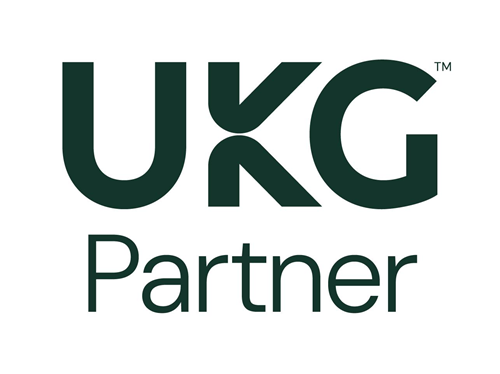Every job candidate who applies to work for your organization will be unique. But one thing about their situation will always be the same. It will end with you deciding whether to hire or decline them.
Since the hiring or declining process is one that you’ll go through for every new job applicant, we’re sharing some top tips for managing the process.
Here are the best practices for declining or hiring a job candidate.
If You Want to Hire…
Once a decision has been made to make an offer to a candidate, move quickly. If you are looking to make an offer to a candidate, it’s most likely they will be interviewing with other organizations.
Ensure you have all the information you need to extend an offer.
Prior to the offer stage, ensure the candidate is aware of the requirements needed to make an offer. For example, some industries require credit and criminal checks. It’s extremely disappointing at the offer stage to find out the candidate is not eligible to work in your particular industry due to a background screening.
Be prepared to be flexible for top candidates.
Employment equity continues to be a very important part of maintaining balance and fairness in the organization, however depending on the market you are looking to recruit, companies may need to be more flexible with other benefits (such as vacation time, work-life flexibility, and sign-on bonuses). Companies will need to continue to be flexible as certain skill sets remain in short supply and organizations become more creative to hire the right talent.
Start with a verbal offer.
I am a big believer of the hiring manager extending a verbal offer to a candidate when the situation allows. The benefits of implementing this process are that it:
- Starts the relationship on the right foot. It’s an opportunity to start building a positive relationship.
- Gives the candidate an opportunity to ask questions about the role the recruitment team may not know.
- Reaffirms the candidate’s decision to work for the organization.
The written offer should come from the HR (people) team shortly after the hiring manager has made the verbal offer.
If You Want to Decline…
Candidates should be declined as soon as a decision has been made to either not prescreen or interview them.
Automate early declines.
When you want to decline a hire in the application process because they do not meet the requirements as configured in the applicant tracking system (ATS), you can manually or automatically decline. A recruiter can manually send an email. But, we recommended creating templates in the ATS that can be utilized to automate this process.
Personally decline candidates that have been interviewed.
Candidates who have been interviewed by a hiring manager should be declined personally. The top two or three finalists should be made in-person. Personal connections go a long way in creating and maintaining goodwill. It keeps candidates engaged should another opportunity arise in the organization.
Leave a door open for the future.
Don’t get into why the candidate wasn’t right for the role. The conversation may go downhill if you start listing why they were not successful. Instead, focus on future opportunities if there is a potential fit long-term. If the candidate wants more details, focus on capabilities they may want to keep focusing on for development.
Go Beyond Hiring or Declining a Job Candidate
Creating a rich, robust interview process will yield better candidates who have the technical capabilities and cultural fit to build a career in the organization. Equally important is treating all candidates with respect during every stage of the process. Organizations that do this well are consistently recognized for their cultures.
But, this is only one part of creating a hiring process that attracts and retains top talent.
Learn more about creating a modern talent acquisition process by reading How to Develop a Modern Talent Acquisition Mindset or by signing up to get more articles and resources about creating positive talent experiences.



 Align HCM Listed as Top 2020 UKG Partner by Raven Intel
Align HCM Listed as Top 2020 UKG Partner by Raven Intel



